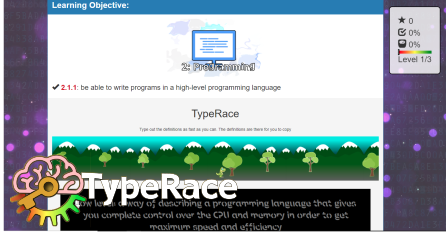
Edexcel GCSE Computer Science 2020
5.3.1: understand the threat to digital systems posed by malware (viruses, worms, Trojans, ransomware, key loggers) and how hackers exploit technical vulnerabilities (unpatched software, out-of-date anti-malware) and use social engineering to carry out cyberattacks










